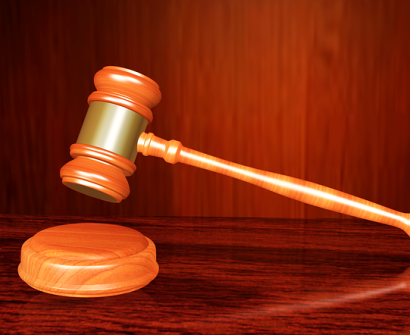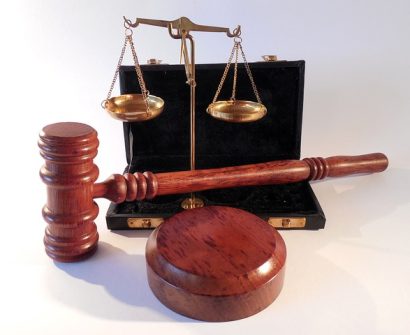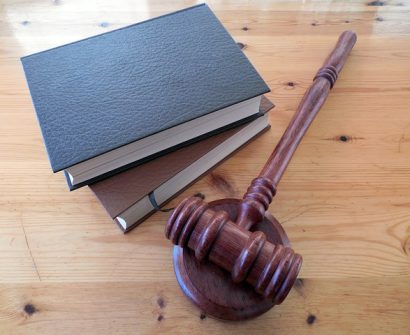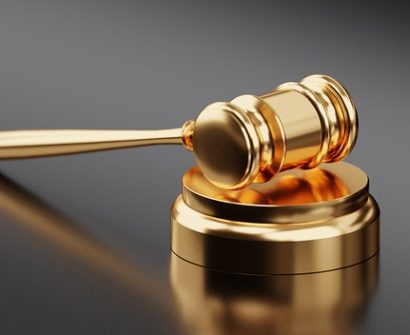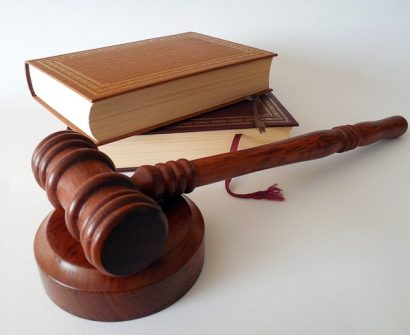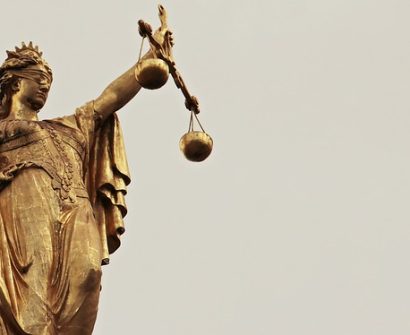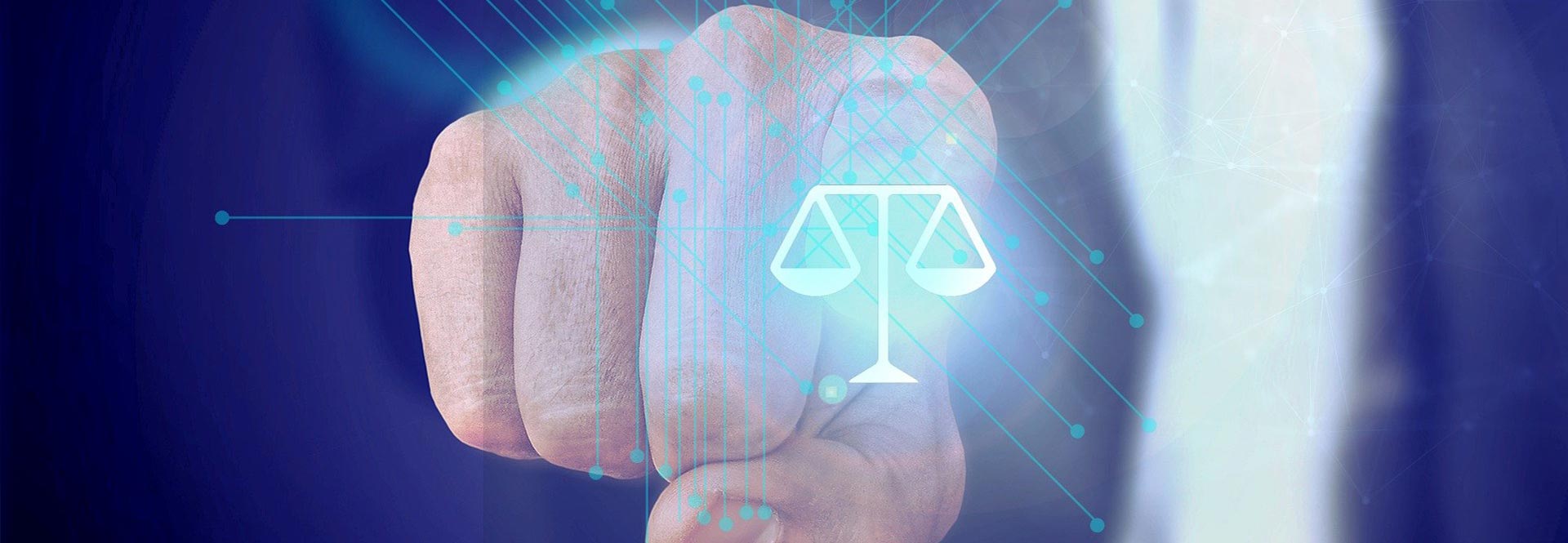
Any nation’s administration and governance are based on its democratic foundation. There are two varieties of democracies: direct and representative. The majority of nations on Earth today are model democracies. With a single executive branch headed by an independent president, the legislature is not a part of the presidential form of government. A democracy with a parliamentary system of government gives the executive branch political legitimacy through its subordination to the legislature.
Presidential System: About
The head of state oversees an executive branch that is separate from the legislative branch in a presidential system. In this case, the head of state and the head of government are the same person. The fact that the executive is not answerable to the legislative is another important aspect.
- Acts passed by the legislature are subject to the president’s veto power.
- The legislature cannot remove the President through a vote of no confidence because of his set term in office.
Parliamentary System: About
India opted for a parliamentary system of governance mainly because the English system had a significant effect on those who drafted the country’s constitution. The parliamentary form would only be able to handle the wide range of diverse groups that make up our nation, which was another reason recognized by the founding fathers. Furthermore, the tight division of powers inherent in the presidential system would lead to disputes between the legislative and executive departments, which our recently established nation could not afford.
- The legislature is the executive’s superior. There exists a collective duty, meaning that the entire Council bears the obligation of each minister.
- This type of administration requires that cabinet meetings be held in secret and are not intended for public disclosure.
Presidential vs Parliamentary System: Key Differences
The key differences that are discussed by the expert teachers from institutes for RJS Coaching are as follows:
| PRESIDENTIAL SYSTEM | PARLIAMENTARY SYSTEM |
| This system of governance where the legislative is the legislative branch’s ultimate authority and source of dependence. | This system of governance wherein the legislative, executive, and judicial branches of government operate independently of one another. |
| The prime minister often serves as the head of state in this system. | In this system, the president acts as the state head |
| Legislative members are chosen by the electorate. | The people choose the president directly. |
| A vote of no confidence has the power to topple the government. | There is no vote of no confidence and the president’s tenure is set. |
| The lower house may be dissolved by the president. | The president is unable to dissolve the lower house. |
| It is not regarded as dictatorial. | The likelihood of dictatorship is higher. |
| The legislature has substantial authority over the creation of laws and policies. | The president is heavily involved in legislation and policy-making. |
Presidential System of Government
Benefits:
- The independence of the three branches of government considerably improves administrative efficiency.
- The President can appoint specialists in a range of subjects to lead pertinent departments or ministries, as the executive branch is not required to consist of lawmakers. This will guarantee that the government is composed of competent and knowledgeable individuals.
- Political parties don’t try to topple the administration because its term is set in stone.
Drawbacks:
- The president and executive branch are unaffected by the legislative, hence the head of state is free to adopt an authoritarian stance.
- One common criticism of presidential systems is their rigidity. It isn’t adaptable.
- Under this system, the president has extensive powers of influence. He is free to select the executives he wants here. This leads to the spoils system, in which those connected to the president’s family members, business partners, etc., get appointed to positions in the government.
Parliamentary System of Government
Benefits:
- The legislature and the executive branch work together because the latter is the executive’s boss.
- Since the legislature is answerable to the people and the people directly choose their representatives, it is a responsible form of government.
- Authoritarianism is checked in one place.
Drawbacks:
- Anti-defection regulations mean that lawmakers and ministers are controlled by party whips and are unable to use their own initiative and judgment when making decisions.
- Compared to a presidential system, a parliamentary system is less stable.
- Because legislatures are more interested in their own interests than the interests of the country, party politics are evident.
According to experts of various institutes for RJS Coaching, there are certain key distinctions between the presidential and parliamentary systems of administration, despite the fact that they are both democratic. The type of government is selected in accordance with the distinct requirements and sociopolitical structure of the nation. Nowadays, practically every nation on the planet has made the transition from aristocracy to democracy, and is either parliamentary or presidential in nature. Comprehending these distinctions is essential to assessing the operations and consequences of various governmental structures.


